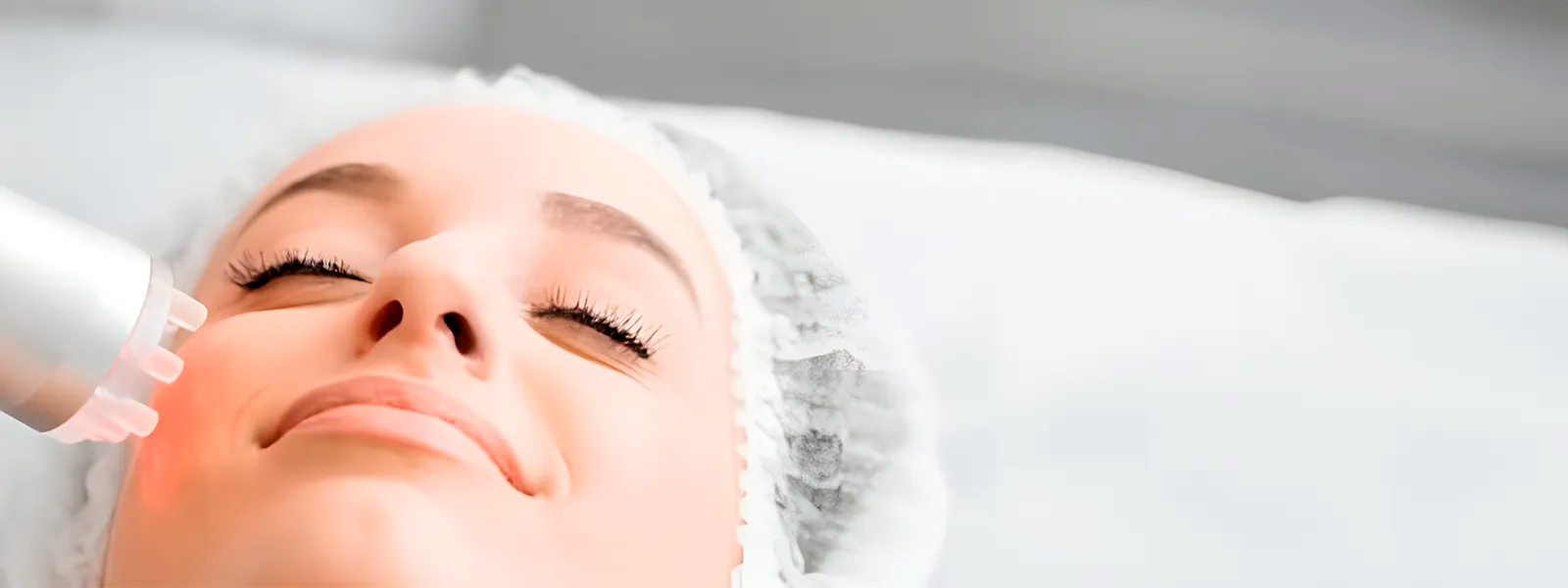Maintaining proper hydration is one of the most important things one can do for their skin. Proper hydration gives the skin strength and elasticity, the two of the key factors in skin health. While the skin is designed to hold in water, there are a number of issues that can compromise the skin’s ability to stay hydrated. In order to keep skin healthy it is important to first understand what skin hydration is, why it is important, how it is different from dry skin and how to keep skin hydrated.
What Is Skin Hydration?
Skin hydration refers to the process of reaching and maintaining adequate water levels within the skin cells. It is a crucial aspect of skin health, contributing to its overall appearance, elasticity, and function. The skin's outermost layer, known as the stratum corneum, plays a pivotal role in retaining moisture and protecting the underlying layers. When the stratum corneum is well-hydrated, the skin appears smooth, soft, and supple. When the stratum corneum is dehydrated the skin looks old, dull and leathery. Dehydrated skin can compromise the skin barrier and lead to issues like scaliness, breakouts and even infections. Hydration is achieved both through internal means, such as drinking enough water, and external methods, like using hydrating skincare products.
Why Is Skin Hydration So Important?
Proper skin hydration is essential for maintaining skin elasticity and overall skin health. Hydrated skin is more resilient and better able to perform its protective barrier function. This barrier protects against environmental aggressors, pathogens, and irritants. Additionally, hydrated skin cells function optimally, aiding in the repair and regeneration processes that keep the skin looking youthful and vibrant.
Hydration also plays a significant role in preventing and minimizing the appearance of fine lines and wrinkles. Well-hydrated skin maintains its plumpness, reducing the likelihood of fine lines forming. Furthermore, hydration supports the production and maintenance of collagen, a protein that provides structure and elasticity to the skin.
What Is The Difference Between Dry and Dehydrated Skin?
Understanding the difference between dry skin and dehydrated skin is crucial for effective skincare. Dry skin is a skin type characterized by a lack of natural oils or lipids. This condition can be genetic or influenced by factors such as aging and environmental conditions. Dry skin often feels rough, flaky, and itchy. It requires skincare products that replenish and lock in moisture, such as creams and oils rich in lipids.
On the other hand, dehydrated skin is a temporary condition that results from a lack of water within the skin cells. It can affect any skin type, including oily or combination skin. Dehydrated skin often appears dull, feels tight, and may show signs of increased sensitivity. Fine lines may be more noticeable due to the lack of moisture. The key to addressing dehydrated skin is to increase water intake and use hydrating products that contain ingredients like hyaluronic acid, which helps to attract and retain moisture in the skin.
What To Do About Dehydrated Skin
To combat dehydrated skin, it is essential to focus on both internal and external hydration strategies. Drinking plenty of water throughout the day is a fundamental step. The national academy of medicine recommends water consumption at 13 cups a day for healthy men, and 9 cups for healthy women. This should be higher if the individual is physically active or lives in a very warm climate. It may be lower for individuals with small bodies. Drinking water is important not just for skin wellness but for overall health as well.
Individuals should also be aware of the water content of the food they ingest. about 20% of an individual’s total water intake comes from water rich foods.
Incorporating hydrating skincare products into your routine is equally important. Look for serums and moisturizers that contain hyaluronic acid, glycerin, and other humectants that attract and retain moisture. Using a hydrating toner can also help to prepare your skin for better absorption of subsequent products.
Exfoliation is another crucial step in managing dehydrated skin. Regular exfoliation removes dead skin cells from the surface, allowing hydrating products to penetrate more effectively. However, be gentle with exfoliation to avoid further irritation.
Using a humidifier in your home can add moisture to the air, which helps to prevent your skin from becoming dehydrated, especially during dry winter months or in air-conditioned environments.
What To Do About Dry Skin
Addressing dry skin requires a slightly different approach, focusing on restoring the skin's natural oils and reinforcing its lipid barrier. Start by using a gentle, non-foaming cleanser that does not strip the skin of its natural oils. Follow up with a rich, emollient moisturizer that contains ingredients like ceramides, fatty acids, and natural oils to replenish the lipid barrier.
Ointments and balms are particularly effective for very dry areas, providing a protective layer that locks in moisture. Additionally, incorporating face oils into your skincare routine can offer an extra layer of nourishment and protection.
Limiting exposure to hot water is essential for dry skin. Hot water can strip away the skin's natural oils, exacerbating dryness. Opt for lukewarm water when cleansing your face or showering, and always follow up with a moisturizer to seal in hydration.
What Is Critical Hydration and Hydrostasis?
Critical Hydration is a term that is designed to encapsulate the ability of the skin to reach the amount of hydration needed to function optimally. In order to achieve healthy skin, the skin needs to maintain good hydration levels. Critical hydration refers to the act of hydrating to a level where the skin can function properly. When the skin achieves that level it is known as achieving hydrostasis.
How To Tell If Your Skin Is Properly Hydrated
Determining whether your skin is adequately hydrated can be done through a few simple observations. Well-hydrated skin typically appears plump, smooth, and radiant. It feels soft to the touch and has a healthy, even tone. When pinched, hydrated skin quickly returns to its normal state due to its elasticity.
Conversely, dehydrated skin may look dull and feel tight. Fine lines and wrinkles may become more pronounced, and the skin may appear flaky or have a rough texture. If your skin absorbs moisturizer quickly and still feels dry shortly after, it may be a sign of dehydration.
Consulting a dermatologist can provide additional insights into your skin's hydration levels and help you tailor a skincare routine that meets your specific needs. Dermatology professionals can recommend suitable products and treatments to ensure your skin remains healthy and hydrated.
In conclusion, maintaining proper skin hydration is vital for overall skin health and appearance. Whether dealing with dry or dehydrated skin, understanding the differences and implementing effective strategies can lead to healthier, more resilient skin. Prioritize hydration both internal steps like drinking a proper amount of water and external steps like using a moisturizer that strengthens the skin barrier to achieve and maintain a radiant, youthful complexion and healthy skin.
Sources:
https://www.ncbi.nlm.nih.gov/pmc/articles/PMC4885180/
https://www.webmd.com/beauty/features/skin-hydration
https://www.healthline.com/health/beauty-skin-care/better-skin-in-3-days
https://www.prevention.com/beauty/skin-care/a36292880/how-to-hydrate-skin/
https://www.healthline.com/health/beauty-skin-care/dry-vs-dehydrated





Leave a comment (all fields required)